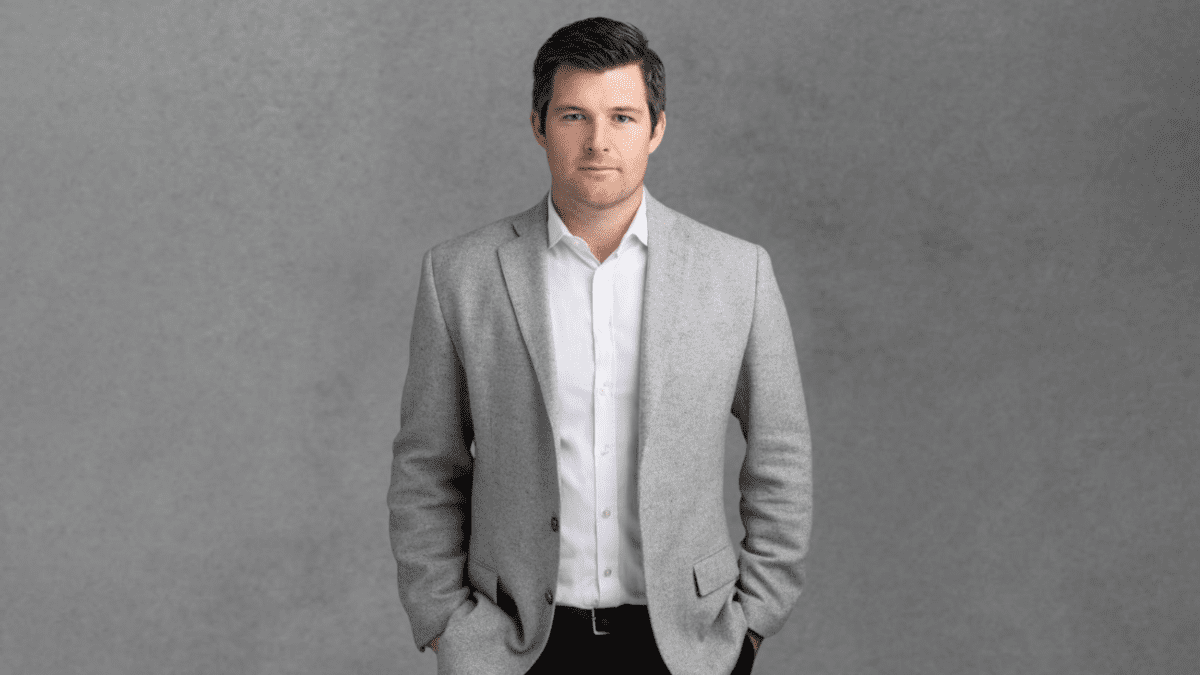Invesco: Not all portfolios will float as rates rise
Investing in senior secured loans can form a valuable defensive element for client portfolios, according to Invesco’s chief investment officer Scott Baskind, as the most senior part of a company’s capital structure typically has the first claim on the assets and cash flows of a company.
These securities also act as an important inflationary hedge in times of rising inflation.
Speaking via live telecast from New York, Baskind extolled the virtue of senior secured loans and their role as an inflation hedge.
Senior secured loans are secured by collateral such as property, which means they are considered to be less risky than high-yield bonds, he explained. The relationship between risk and return is the backbone of almost every financial asset and financial decision.
An avid skier, Baskind said even though the practice is risky everyone’s risk tolerance is different.
“Lending being on the safer side,” Baskind explains. “I think ‘relative’ is the key term. The relative comparison of different asset classes at different parts of the capital structure. The skiing world is something I started when I was three years old and I’ve been on skis ever since then.”
“The reality is, you might think of that as being risky [but] I am a better skier than a walker,” he continued. “So that’s just an example of how everyone draws from experience to be able to think about things more strategically.”
Benefits of private loans
According to Baskind, there are three main reasons why private loans complement traditional fix rate bond exposure.
“Firstly, they provide a highly stable monthly income, right now that’s about 7 per cent per annum and growing,” he said. “Secondly, they are floating rates, meaning income rises as interest rates rise, which protects against inflation. And thirdly, they are at the safest part of the capital structure.”
Baskind deems senior secured loans to be securities that contain high-level income with defensive qualities, being at the top of the capital structure. These securities historically have a low correlation to traditional asset classes, and support the argument for loans to be a strategic allocation in investors’ portfolios.
“[Senior secured loans’] placement in capital structure sets them apart from high-yield bonds,” he said. “The loans sit at the top of the capital structure, which means they have the highest priority claim on the borrower’s assets.
“If you think about a mortgage when an individual purchases a house, they put down some equity and borrow capital from a bank,” Baskind added. “Ultimately if the borrower does not pay back interest or principal, the bank has the opportunity to take over the house.”
Senior secured loans are also a natural hedge to inflation, he noted.
“The yield provides investors with a strong, historically attractive return profile for investing at the top of the capital structure. That plays very well with current fed policy continuing to increase rates to battle the rising inflation environment.”








